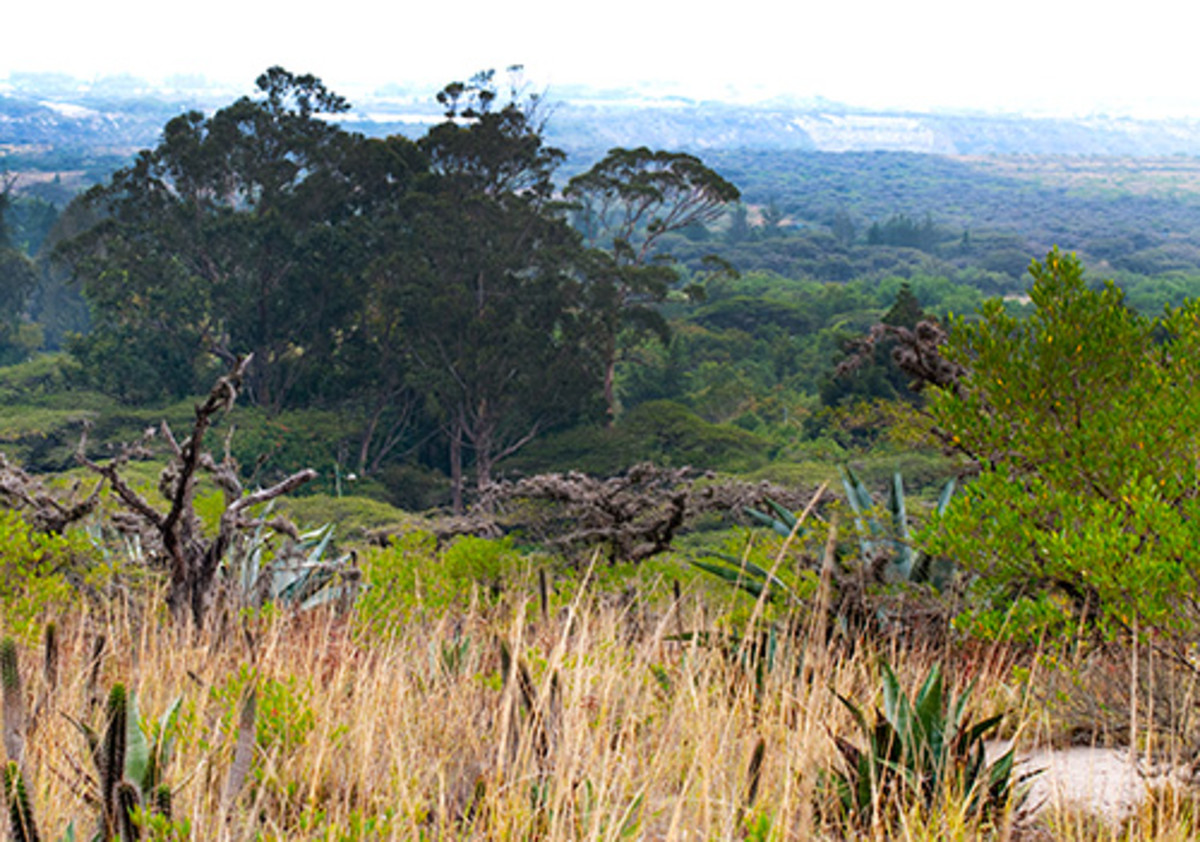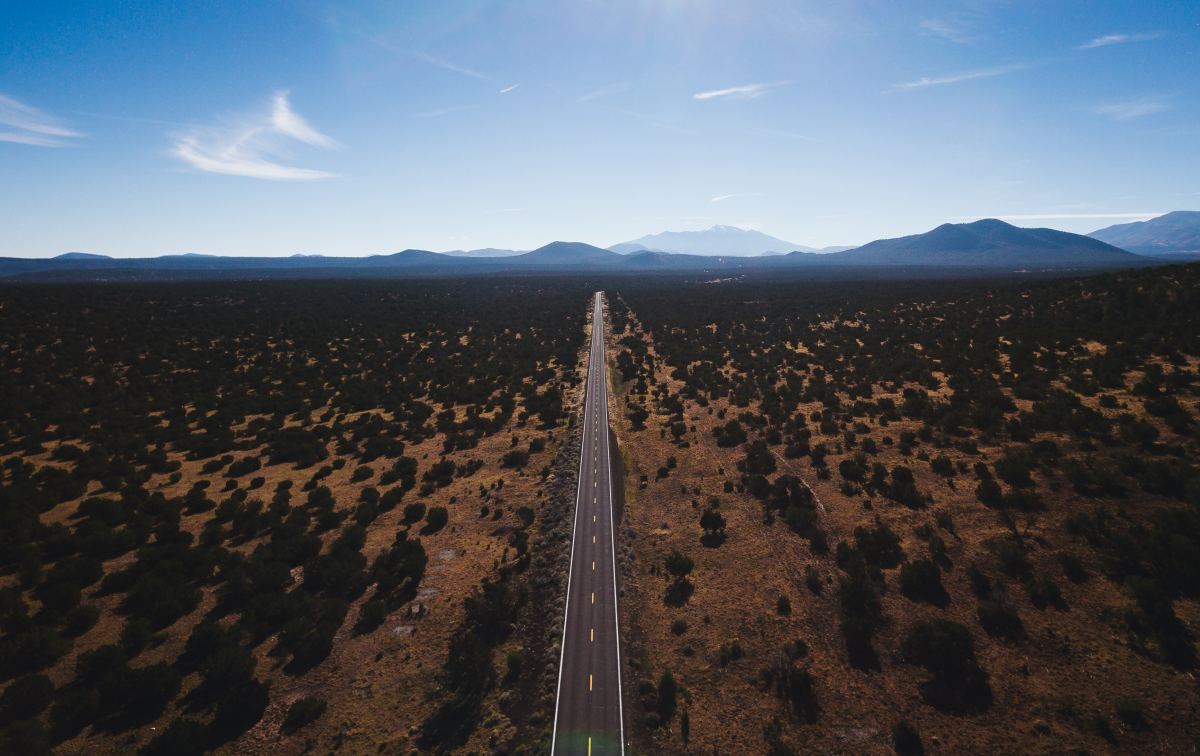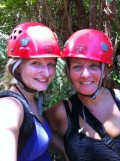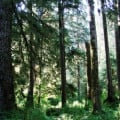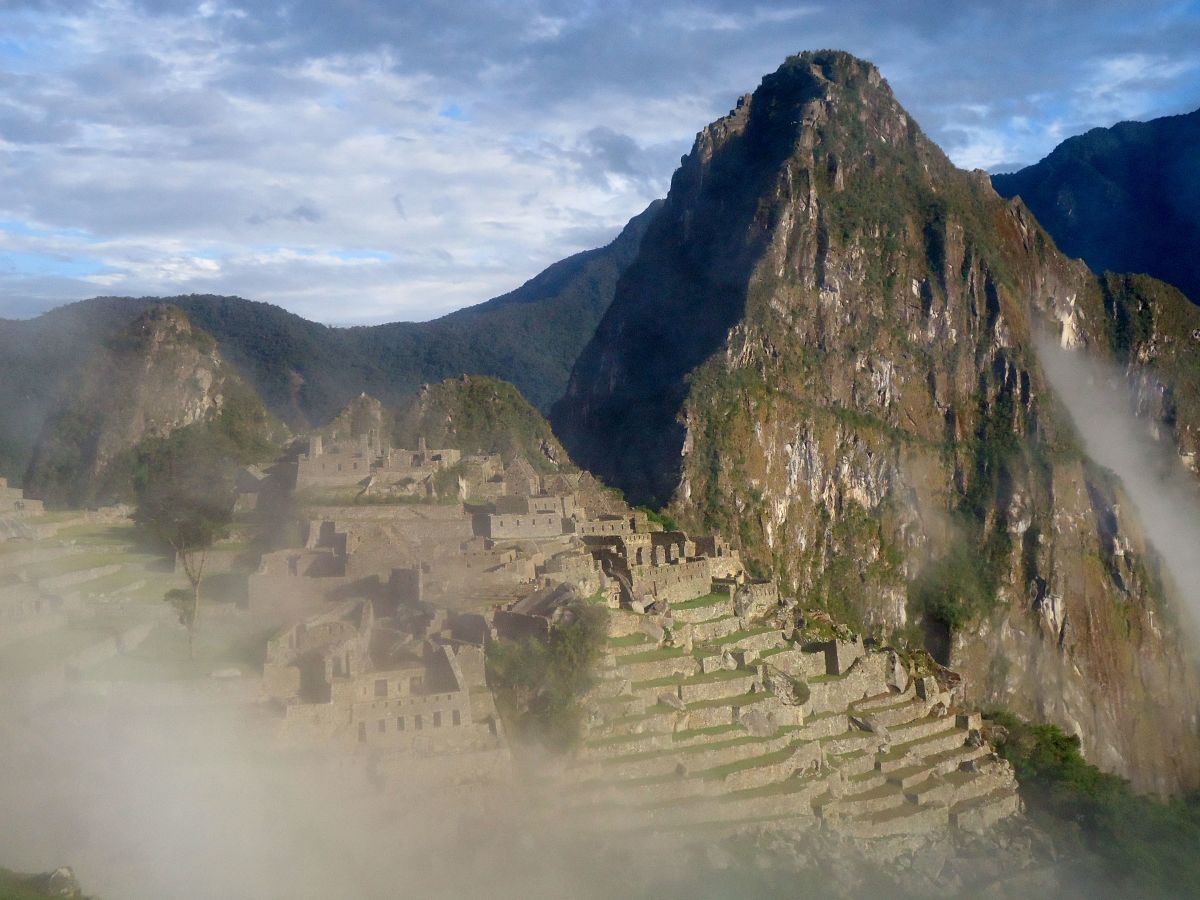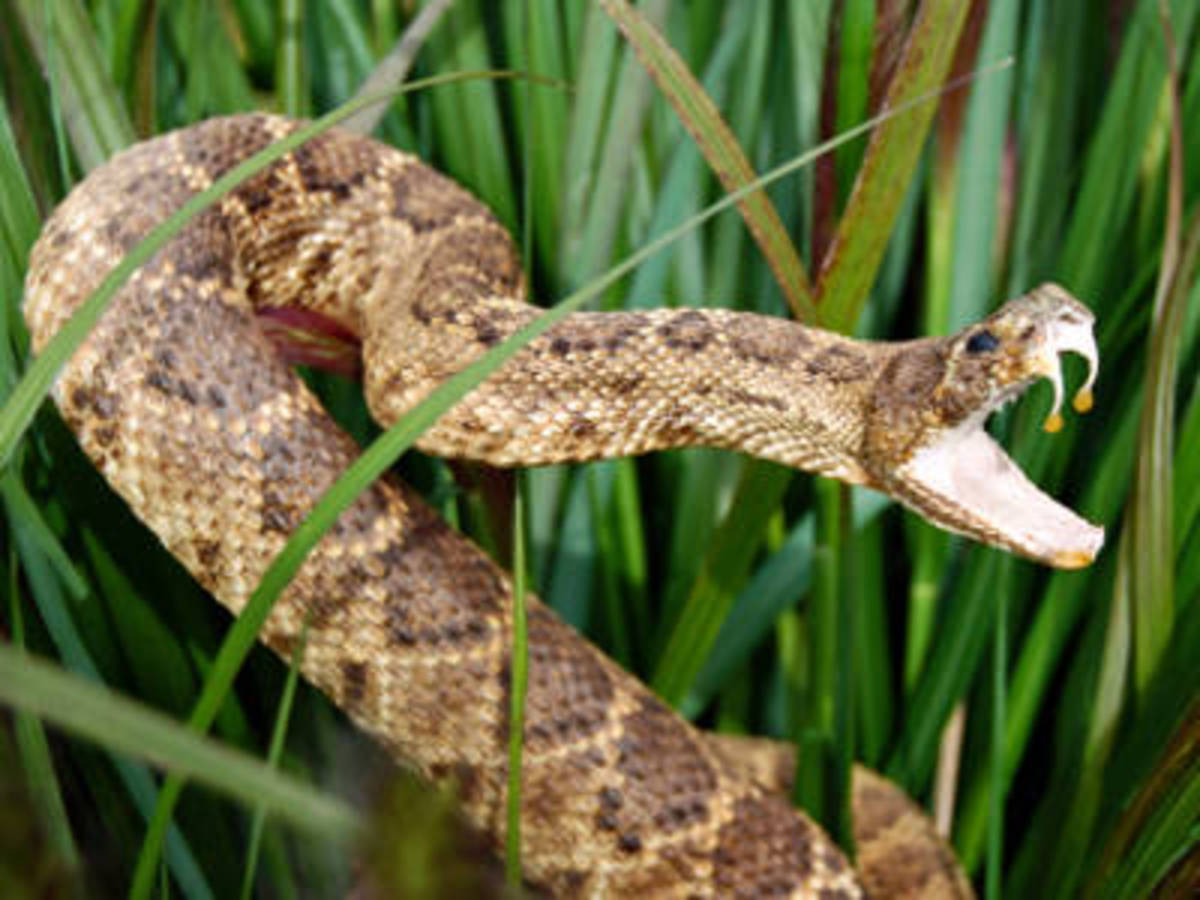Yellow House – Secret Garden in the Ecuadorian Rainforest

While thousands of birdwatchers and adventures visit the Ecuadorian tropical rainforest every year, few take the opportunity to partake of the biodiversity hidden within the confines of Hacienda San Vicente, also know as Yellow House. Although it is located adjacent to the tourist town of Mindo, upon entering the grounds the visitor has a sense of being in another world. The tranquility of this tiny oasis brings instant solace to the weary traveler.
History
After the successful “Battle of Pichincha” (24 May 1822), the lands within the Mindo Valley were awarded to the generals who victoriously brought independence to Quito Ecuador. One of the large plantations was awarded to General Vicente Aguirre in 1830 and was formally named “Hacienda San Vicente”. The land was harvested for sugar cane used in the production of sugar and molasses.
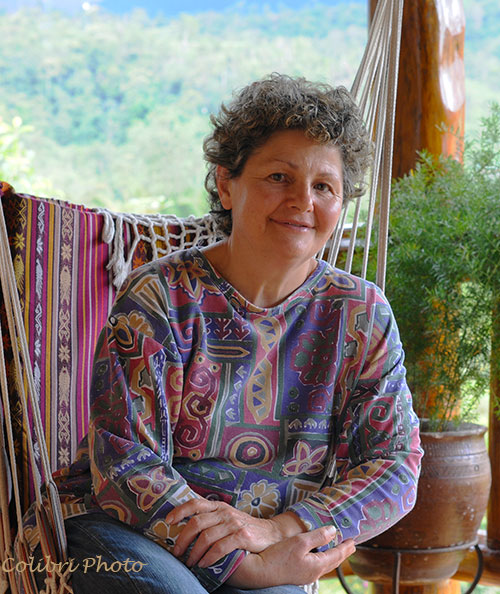
Cesar Pompeyo Garzon Sanchez, a Columbian national, moved to Ecuador in 1896 and later bought “Hacienda San Vicente” in 1902 for farming and the raising of cattle. He preserved much of the land in its natural form providing a home for the extensive biodiversity of the area. His greatest obstacle to success was the lack of a decent road between Quito and the Mindo valley. Although he made great strides in improving the trails, it was his son Cesar Garzon Thomas that began construction of the first official road in 1947.
Cesar Garzon Thomas married Carlotta Jaramillo in 1949 and moved to “Hacienda San Vicente” in 1955 with their three children. Since the road was still under construction until 1965, it took them 9 hours by horseback to travel the 60 km (37 miles) from Quito to Mindo. From 1980 to 1990, unchecked deforestation was ravaging the rainforest in the area and Maria Elena Garzon Jaramillo, daughter of Cesar and Carlotta, was actively involved with securing a preservation status for the 19,468 ha. (48,100 ac.) that is now part of the Mindo-Nambillo protected forest.
Beginning in 1986 biologists, ornithologists and botanists from all over the world began visiting the Mindo area to study the vast biodiversity that has become famous. In 1987 “Hacienda San Vicente” welcomed its first foreign visitor and thus began a convention of hospitality. A year later a Dutch couple, who had been informed of the birding trails, came knocking on the door of the house. They said that they were looking for the home of the Garzon family and that they would recognize it because they lived in a yellow house. This then began the tradition of the “Yellow House” trails.
Location
Located in the heart of the Mindo-Nambillo protected forest, the Hacienda San Vicente and the Yellow House trails are easily accessible by private vehicle or public transportation. By private vehicle it is necessary to drive north out of Quito past the Mitad del Mundo monument and continue past the volcano Pululahua and the town of Calacali. The village of Nanegalito is located at km 56 and is a great place to take a break or grab a snack. There will be a sign indicating the turn towards Mindo at km 78. Once entering the town, go to the park located at the southern end and make a left turn. Travel to the next corner and turn right. A short distance of 50 m will place you at the Hacienda San Vicente entrance road on the left. Another 100 m will place you at the home of the Garzon family where you will be cordially greeted and shown to your accommodations and the trails.
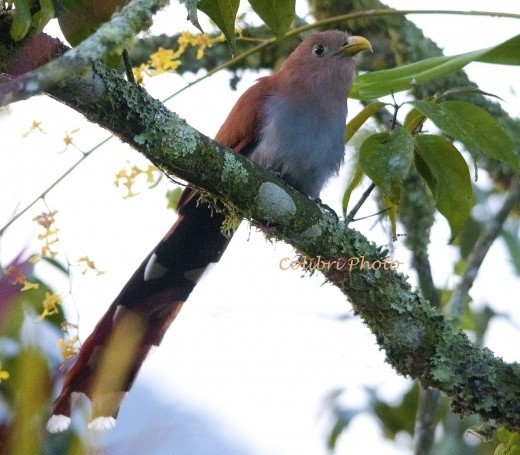
Birding Opportunities on the Yellow House Trails
The Yellow House Trails range from 1,200 to 1,700 m (4,000 to 5,600 ft.) in altitude. In addition to the main trail there are five smaller footpaths that traverse the 200 ha (500 ac.) of primary and secondary forest within the confines of Hacienda San Vicente. All tracks are easily passable and should present no trouble for the hiker, even considering the altitude. With over 450 different bird species inhabiting the Mindo-Nambillo protected forest there are numerous opportunities to observe common as well as rare breeds.
There is a small fee to use the trails and they limit the number of people into the reserve to ten per day. If you stay at the hacienda access to the paths is included.
The drive that leads from the square in Mindo to the lodge passes through secondary forest and fruit trees. Tanagers, warblers and hummingbirds abound and can be seen along both sides of the road. Several furnariid species can be easily seen in the trees near the lodge.
There are several lodge buildings that are surrounded by fruit trees, ponds and tall grasses. Over 50 different species of birds visit this area every day including tanagers, warblers, furnariids and finches. There are several lights around the buildings that are left on all night and attract various insects. This results in a feast for numerous bird species that arrive for breakfast. Squirrel Cuckoos and Rufous Motmots are common among the diners. There is a Common Potoo that regularly visits the area in the evenings along with several owl species such as the Rufescent Screech-owl.
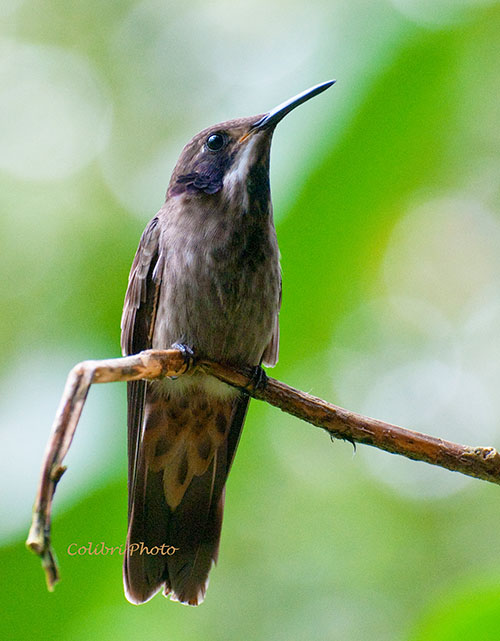
From the hacienda there is a 20-minute walk to the primary forest through farmland, orchards and other secondary growth. This is a great area to observe various tanagers, furnariids and other forest border species. There are tall trees that attract diverse raptors such as the Hook-billed Kite. Parrots, parakeets and toucans also visit along this trail and perch in the canopy of the towering spires.
Once reaching the primary forest, the main trail is wide and easily traveled. The side paths are well marked, narrower and through more dense vegetation but still comfortable for hiking. Here the birds are more difficult to see but the cautious adventurer should be delighted with the sighting of various antwrens, guans, trogons and quetzals. There is a Cock-of-the-Rock lek in the reserve but does require an early morning start to observe this fascinating ruckus. Along trail 3 there is a small covered overlook where the traveler can sit and rest while enjoying a spectacular view of the forest canopy and the town of Mindo.
Facilities and Surrounding Area
Hacienda San Vicente has several lodges to house their visiting guests. The Garzon family lives on the property so it is run similar to a bed and breakfast. Meals can be enjoyed in the main house where one is treated like family. The grounds are open to boarders 24 hours a day so that walking the reserve at night in search of nocturnal species is simplified. However, caution should be taken on these late night excursions, as there are other larger mammals that are known to inhabit the forests, such as the Spectacled Bear.
Although the hacienda is very comfortable and extremely reasonable in price, there are numerous other hotels, hostels and lodges around Mindo. Weekends can become fairly crowded with locals, especially on holiday weekends, but during the week the town is remarkably tranquil.

The town of Mindo offers many restaurants and grocery stores providing a plethora of opportunities to enjoy the local food. There are various outdoor activities available such as tubing on the Mindo River, ziplining over the rainforest canopy, horseback riding, rock climbing, rappelling down waterfalls, and four-wheeling. Other less strenuous activities also provide the adventurer with alternatives such as butterfly forests and tropical frog excursions.
Summary
The Mindo-Nambillo Protected Forest is one of the most biodiverse areas of the world providing numerous opportunities for the naturalist of all levels. The Yellow House Trails at Hacienda San Vicente furnishes ample possibilities to enjoy the flora and fauna of the tropical rainforest in a secluded and tranquil perspective. This is a location that should be high on the list of places to visit, whether to relax and partake of the blessings of nature or to study the intricacies of the environment at its finest,
Other Articles by this Author
- Ten Steps to a Successful Birding Adventure
Hoatzin (Opisthocomus hoazin) Bird watching has become one of the most popular pastimes worldwide. By the turn of the millennium it was estimated that there were over 70 million birders in the United States alone. This number has steadily increased.. - Rio Silanche Bird Sanctuary - Tropical Rainforest Re...
White-necked Puffbird (Hotharchus hyperrhynchos) Deforestation has become a bane for the many inhabitants of the tropical rainforests around the world. Although the exotic trees are a boon for the local... - Milpe Ecuador, an Oasis in the Rainforest
Milpe Bird Sanctuary The Milpe Bird Sanctuary lies in the Los Bancos-Milpe rainforest valley in the western foothills of the Andes Mountains in Ecuador. It is one of the Mindo Cloudforest Foundation...
Related Links
- The Birds of Ecuador
Photos and articles concerning the various bird species of Ecuador - Discovering the Birds of Ecuador
Blog on various birding locations in Ecuador


